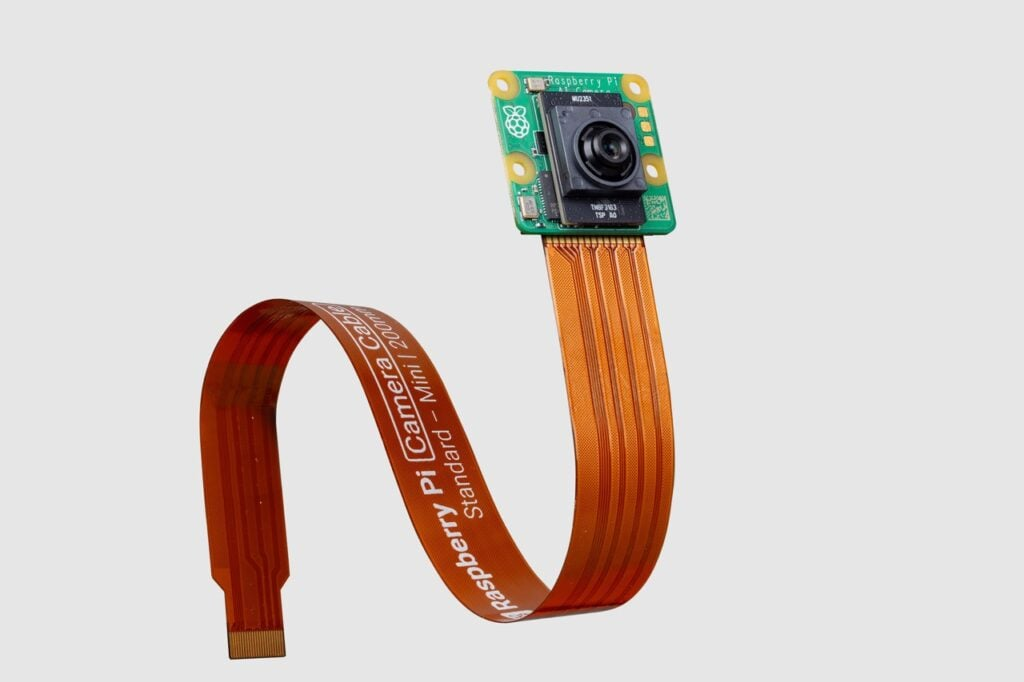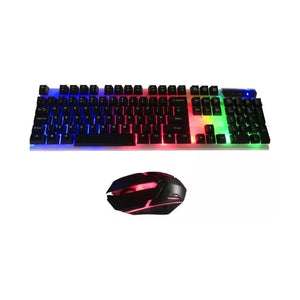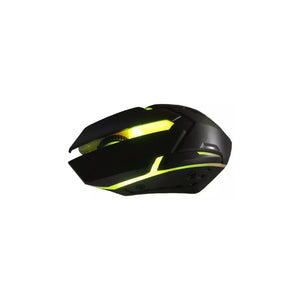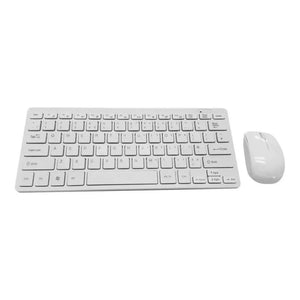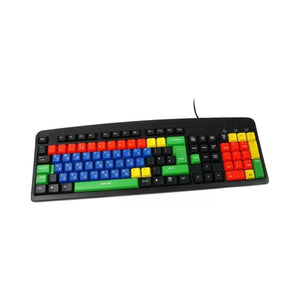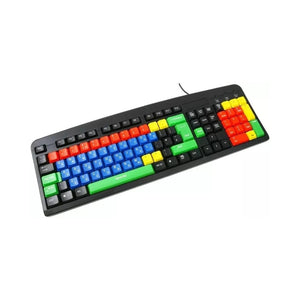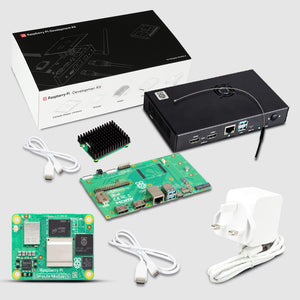The Raspberry Pi has taken another leap into the world of artificial intelligence with its latest innovation – the Raspberry Pi AI Camera Module. This isn't just any camera module; it's powered by Sony’s groundbreaking IMX500 "Intelligent Vision Sensor," allowing you to run impressive vision AI applications and neural network models directly on the camera itself. This marks a game-changer in the realm of computer vision, enabling real-time processing without overloading your Raspberry Pi’s CPU or GPU.

A New AI Focus for Raspberry Pi
Raspberry Pi has shown a growing interest in on-device AI, with notable collaborations like the Hailo-powered Raspberry Pi AI Kit for the Raspberry Pi 5. The latest partnership with Sony brings to market the Raspberry Pi AI Camera, a device that doesn’t just capture images but also acts as an accelerator for complex computer vision models.
Whether you're working on object detection, segmentation, pose estimation, or other vision AI applications, this camera's integrated processor allows models to run directly on the sensor, freeing up your Raspberry Pi to focus on other tasks.
What Makes the Raspberry Pi AI Camera Stand Out?
The key innovation behind the Raspberry Pi AI Camera is Sony’s IMX500 Intelligent Vision Sensor. This 12.3-megapixel sensor doesn’t just capture high-resolution images; it also integrates a dedicated AI processor with 8MB of memory for running neural networks on the sensor itself. With this level of on-module processing, the camera can perform a variety of tasks, from object recognition to segmentation, all in real-time.

Hardware Overview
The hardware of the Raspberry Pi AI Camera is packed with advanced features:
- Sensor: Sony IMX500 Intelligent Vision Sensor (12.3 megapixels, 1.55μm pixel size, rolling shutter)
- Resolution: 4,056×3,040 full resolution
- Frame Rate: 10fps at full resolution, 30fps at 2×2 binning
- Focus: Manual 20cm-∞, with a focal length of 4.74mm
- Field of View: 66° horizontal, 52.3° vertical
- F-stop: f/1.79 for sharp, bright images
- Output Formats: Bayer, RAW10, YUV, RGB, Regions of Interest (ROI), metadata
- Tensor Processing Resolution: Up to 640×640 pixels
- Memory: 8MB shared between firmware, weights, and working RAM
- Size: Compact dimensions at 25×24×11.9mm
- Price: Affordable at $70
This level of performance makes the Raspberry Pi AI Camera ideal for applications that require rapid image processing and decision-making directly on the sensor.
Sony's IMX500: The Heart of the AI Camera
The IMX500 is no ordinary image sensor. While it excels at capturing high-resolution images, its true power lies in its ability to perform edge AI processing. This means that the camera can run machine learning models directly on the sensor, thanks to its integrated AI accelerator and 8MB of memory.
How Does It Work?
The Raspberry Pi AI Camera connects to your Raspberry Pi through the MIPI Camera Serial Interface (CSI), just like earlier camera modules. The module includes a flat flexible circuit (FFC) cable, making it simple to connect to compatible Raspberry Pi devices, including the Raspberry Pi 5 and Raspberry Pi Zero.
However, if you're using older Raspberry Pi models like the Raspberry Pi 4 Model B, you'll need an adapter cable due to the camera’s narrow connector.
While the AI Camera shares a similar form factor with the Raspberry Pi Camera Module 3, its slightly deeper design may require modifications to fully-enclosed cases built for the Camera Module 3. Nevertheless, its small footprint and existing mounting points make it compatible with many current mounts and setups.
What Can You Do with the Raspberry Pi AI Camera?
The Raspberry Pi AI Camera opens up a wide range of possibilities for AI-based vision applications. Some potential use cases include:
- Real-Time Object Detection: Spot and track objects in real time without overloading your Pi.
- Segmentation: Identify different areas or objects within an image.
- Pose Estimation: Analyze human posture or movements for applications like robotics or fitness tracking.
- Edge AI Applications: Perform all of this processing at the edge, reducing latency and bandwidth requirements for connected systems.
Because all processing happens on the module itself, the Raspberry Pi AI Camera allows your Pi’s CPU and GPU to focus on other computational tasks, enabling more complex and resource-intensive projects.
With the Raspberry Pi AI Camera Module, you can now run sophisticated computer vision tasks right on the camera, freeing up system resources and opening new doors for AI-based projects. Whether you’re working on robotics, smart security, or even creating your own AI-driven applications, the integration of Sony’s IMX500 Intelligent Vision Sensor makes this module a must-have for Raspberry Pi enthusiasts looking to dive into AI vision applications.
Priced at $70, the Raspberry Pi AI Camera Module is an affordable yet powerful tool for developers and hobbyists alike. Its compact form factor, real-time processing capabilities, and compatibility with the latest Raspberry Pi models make it the perfect addition to any AI project.
So, are you ready to unlock the power of vision AI on your Raspberry Pi? The Raspberry Pi AI Camera Module is here to make that a reality.

